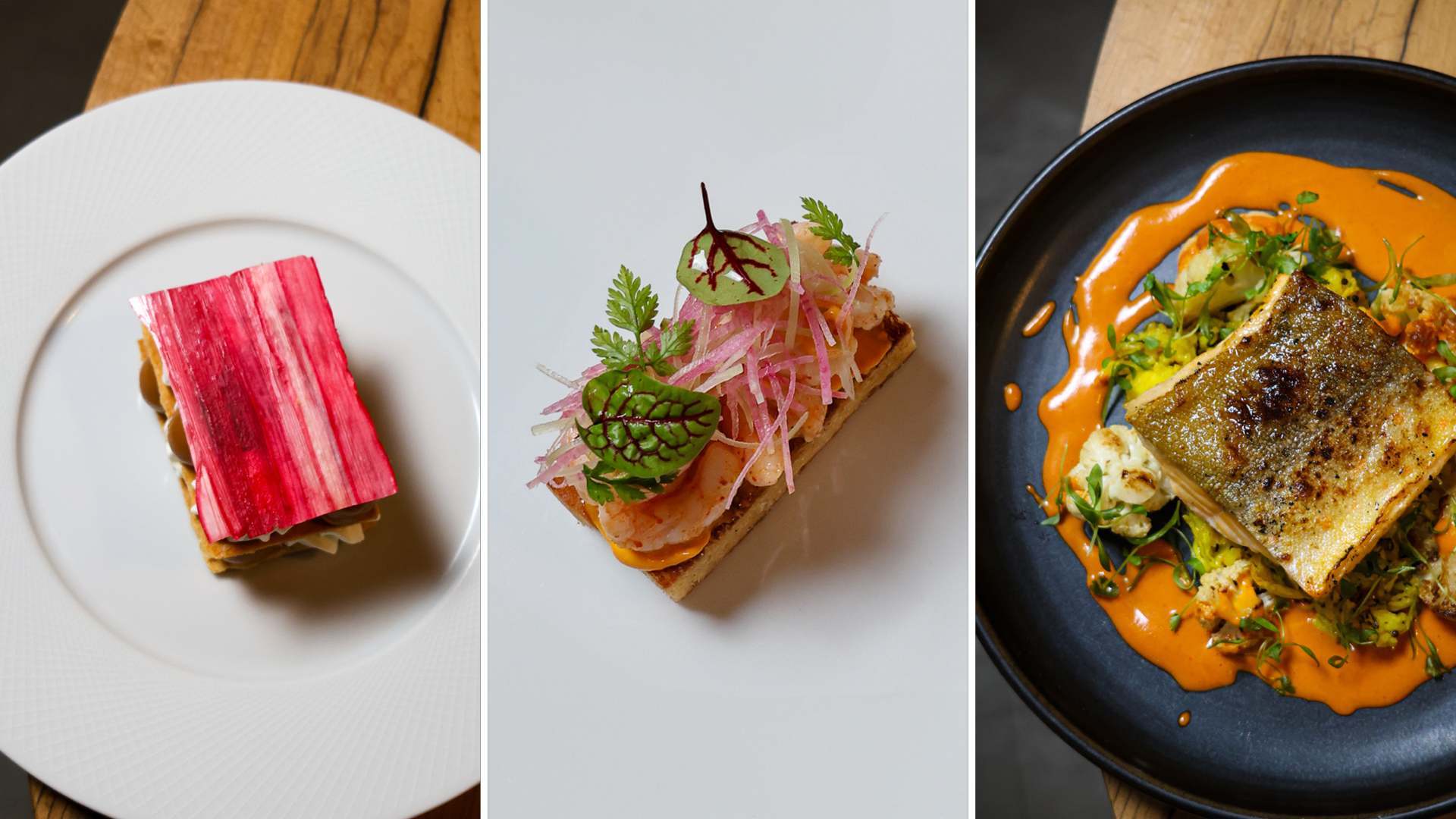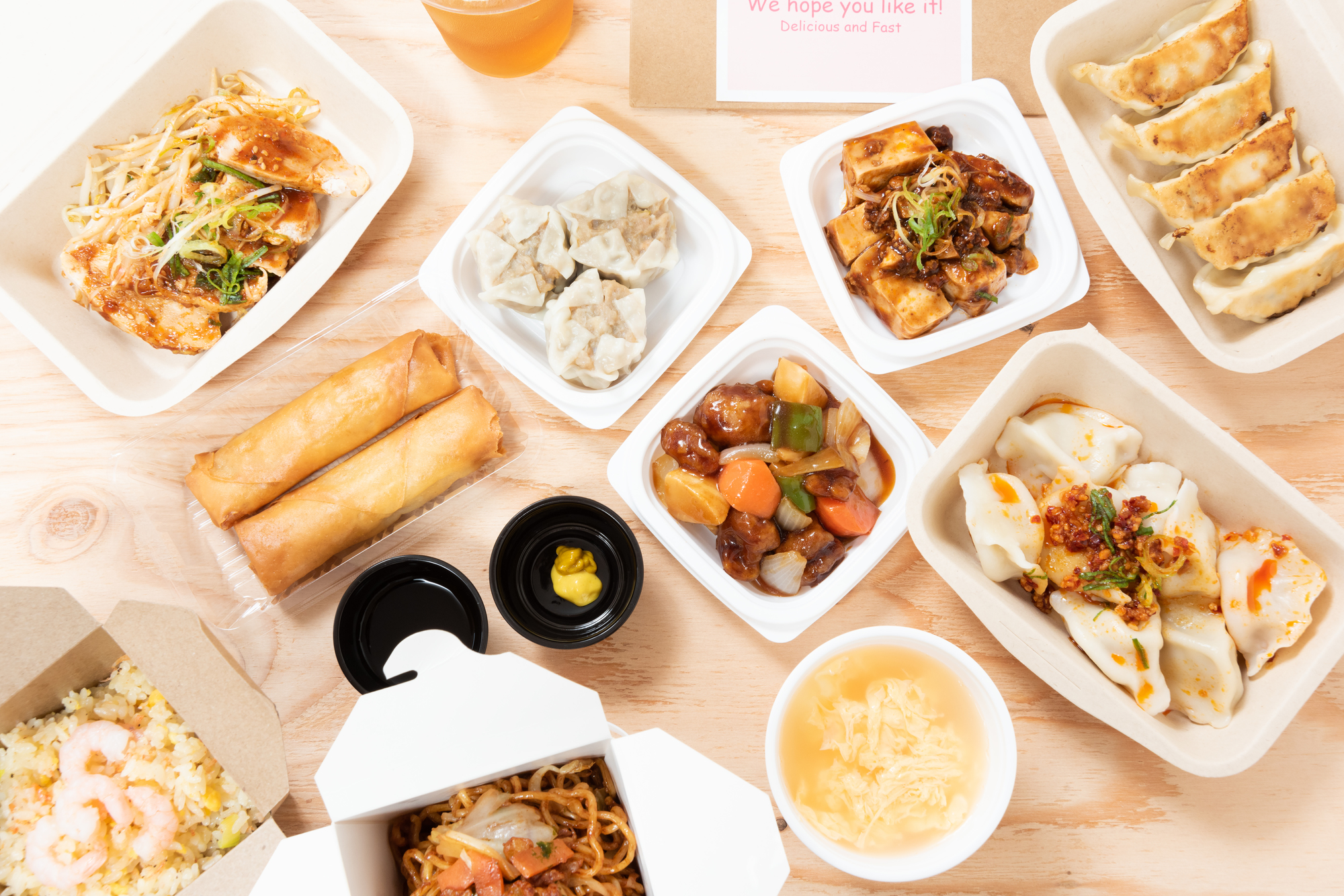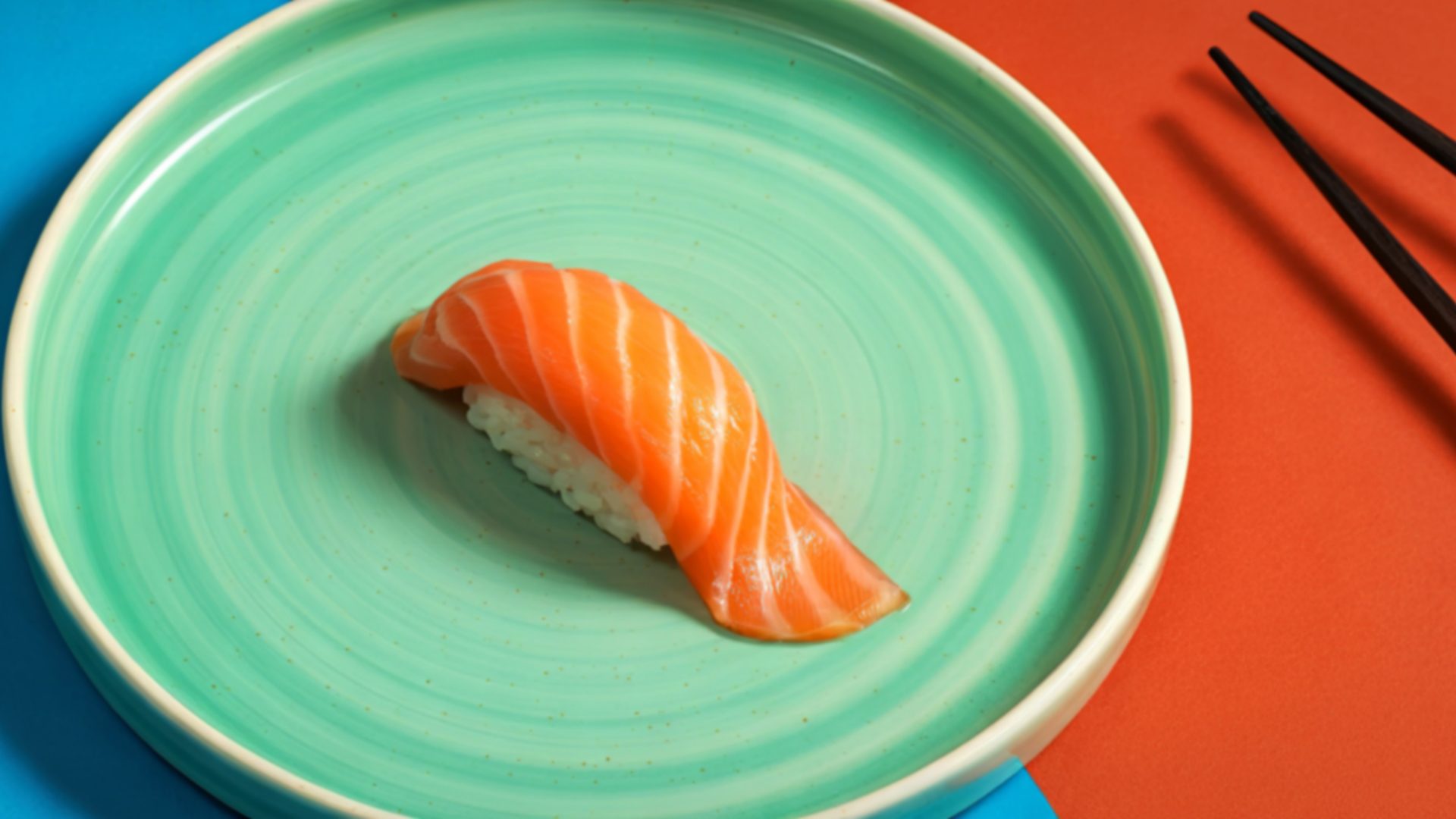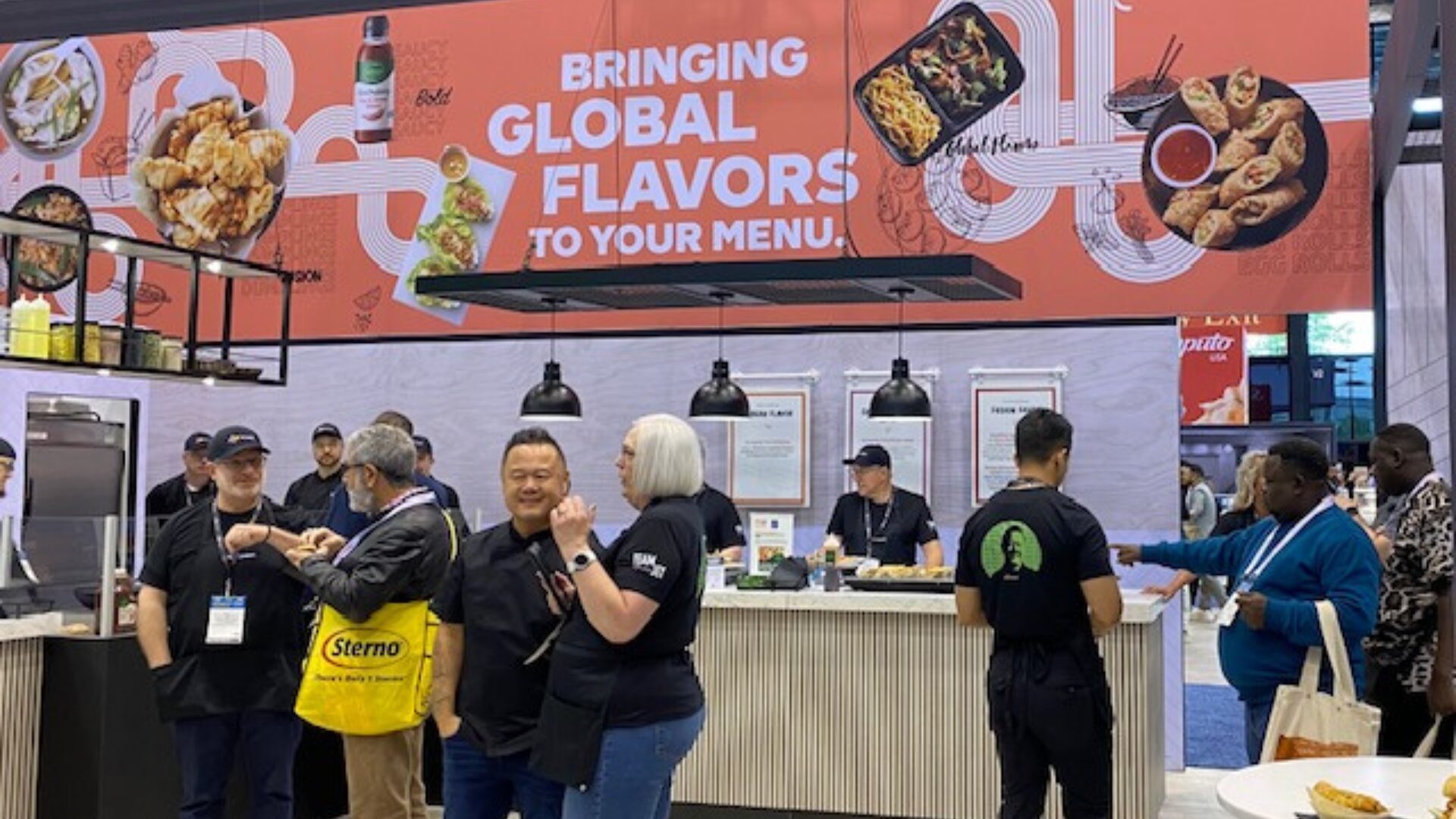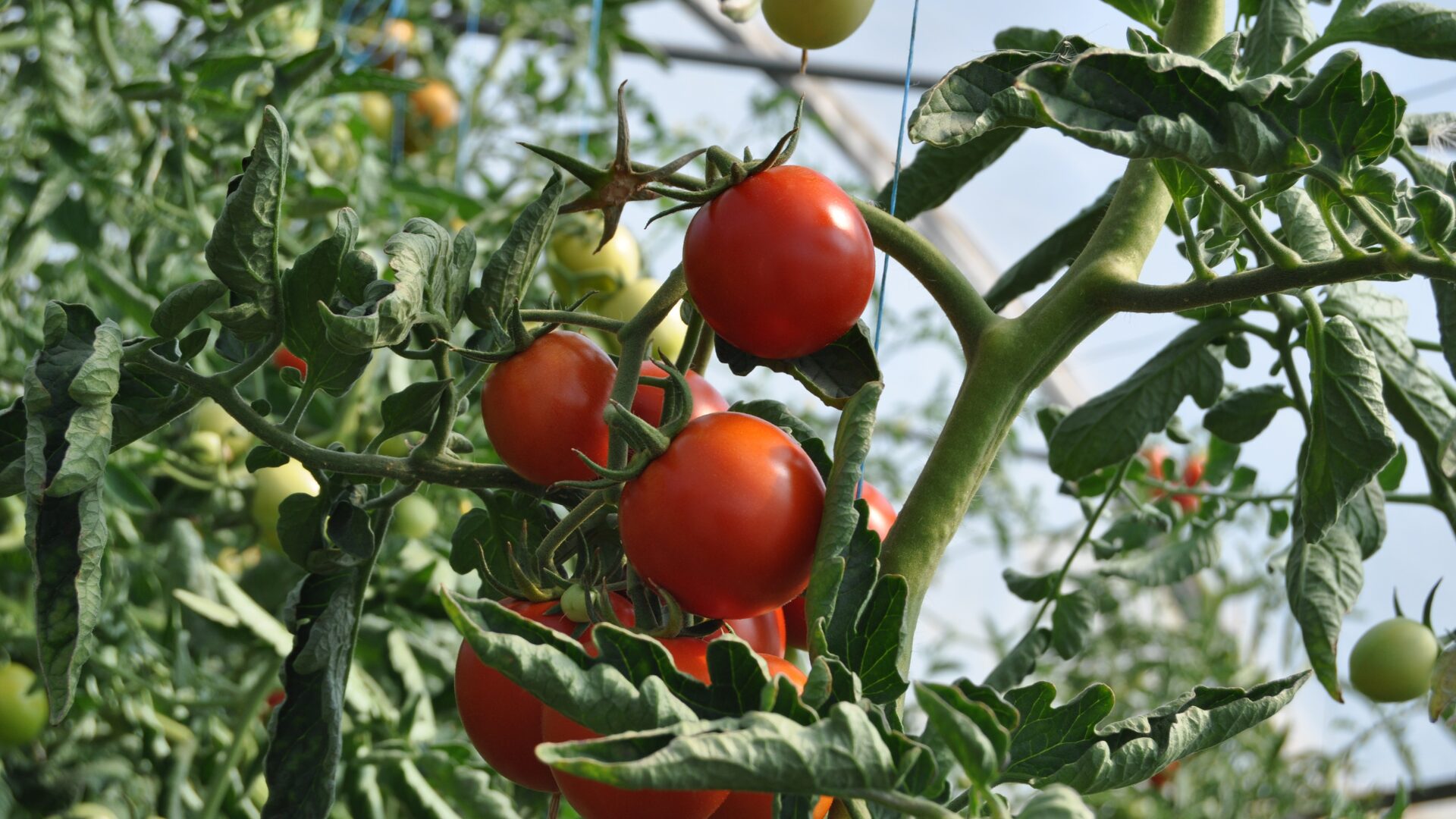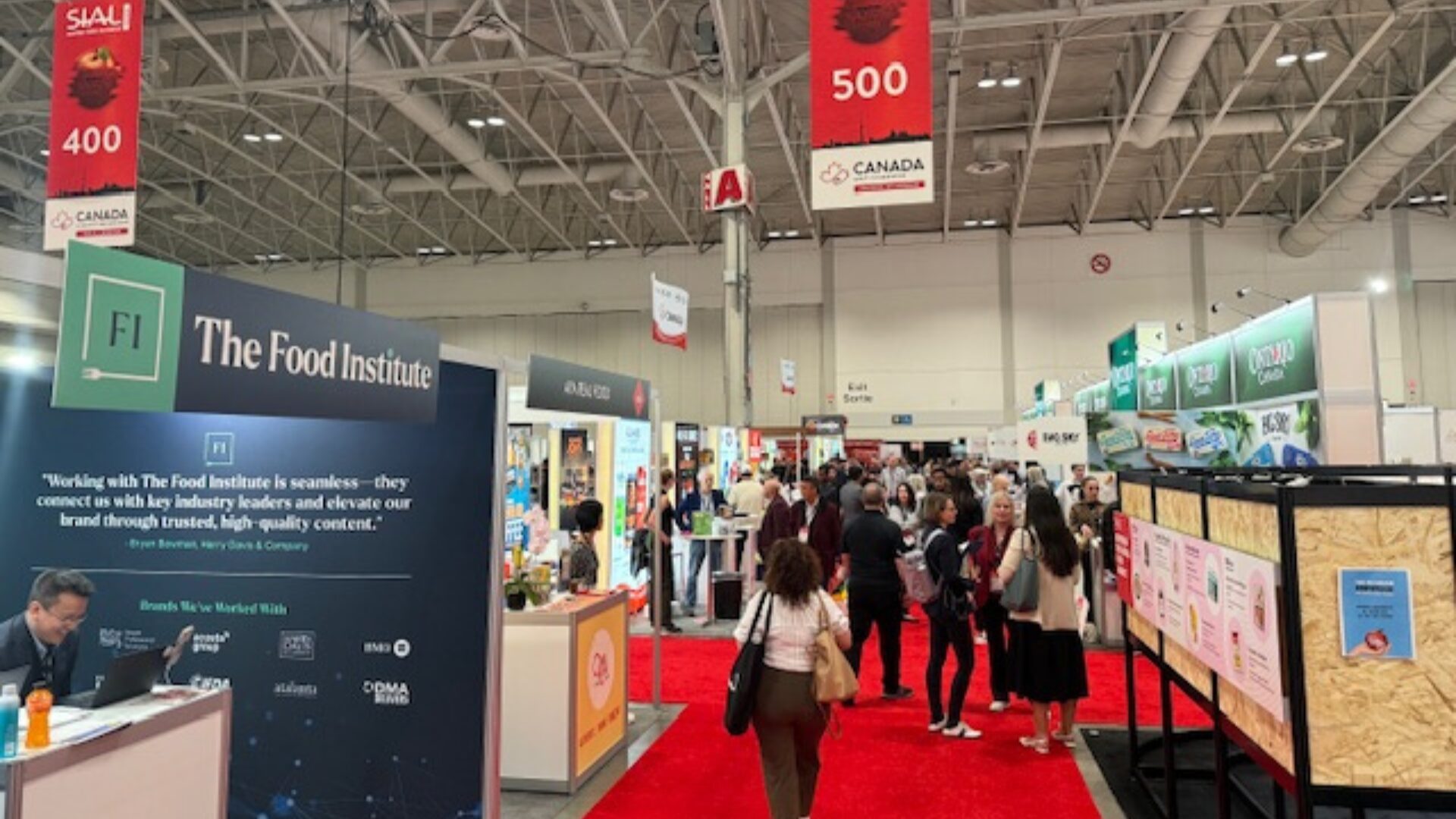TORONTO – Canadian cuisine has grown far beyond poutine and maple sugar pie. And top restaurant chefs have taken note.
In fact, Canada’s top dishes have started gaining enough acclaim that the current season of “Top Chef” was filmed in Canada, with stops in Toronto, Calgary, Montreal, and Prince Edward Island.
Why are Canadian dishes finally catching on? For starters, Canada’s food culture is nearly as expansive as the country’s 3,855,100 square miles, with a more diverse population than outsiders might assume.
“There are many reasons Canadian food is gaining respect beyond Canada’s borders,” said Carl Heinrich, a restaurant operator in Toronto. “Canadian hospitality professionals have been working in, and running, some of the best restaurants in the world.
Few chefs are better equipped to espouse the virtues of Canadian food than Heinrich, the co-owner of Richmond Station. He’s a native of Alberta and has lived in Quebec, the Northwest Territories, and Vancouver Island (with a stop in New York City mixed in). Heinrich was the winner of “Top Chef Canada” season 2.
“In some cases, when (Canadian chefs) do decide to showcase their talents, it’s on home soil. They find local ingredients, unique concepts, and hard-working teams to create time-and-place experiences that attract international attention,” Heinrich said.
Cities like Toronto boast diverse immigrant communities – a fact that was on display during The Food Institute contingent’s recent dinner excursion to Koreatown in Toronto, during the SIAL Canada industry event. Additionally, Inuit, First Nation, and Métis populations have impacted Canada’s foodways, as noted in a recent Food & Wine article.
As a result, Canadian menus feature unique presentations of seafood like cod, prawns, scallops, and lobsters, wild berries, fermented items like pickles, and much more.
The sheer vastness of The Great White North ensures that it boasts countless local delicacies.
“Yes, the Montreal poutine made with Prince Edward Island potatoes and the Ontario/Quebec maple syrup are iconic. But have you tried the scallops from Digby, Nova Scotia … or the wild char from Nunavut?” Heinrich said.
“There are many gastronomic secrets (in Canada), from coast to coast to coast.”
While much of Canada deals with an extensive winter and, thus, a short growing season, the country produces no shortage of high-quality food. And it has been that way for a while.
The world is finally catching on.
“A Canadian restaurant prioritizing local will put inherently delicious and nutrient-dense food on the table (and) expose the abundance of underrated wild and foraged ingredients,” Heinrich noted.
“No matter where you are in Canada, you are a short drive from a forest or body of water – where the honorable harvest is a gift that keeps on giving.”
The Food Institute Podcast
It’s tariff time, and companies the world over are working to better understand how their operations will be impacted. Jodi Ader from RSM US LLP joined The Food Institute Podcast to discuss which products and inputs are currently subject to tariffs, and how to best mitigate supply chain risks.


